I would like to ask you about a problem that I have been experiencing recently. I am using a contactor to safely disconnect a hybrid motor starter. The starter is designed to, when tripped with its signal, disconnect the motor during the zero-crossing of the current waveform, reducing this way the overvoltage produced by switching off an inductive load.
Obviously, when you open the electric circuit acting on the contactor, the current waveform likely won't be zero-crossing, thus resulting in an overvoltage that may affect the TRIACs in the hybrid motor starter.
In order to reduce this effect as much as possible, the starter manufacturer suggests to install a RC snubber. All right up to this point. However, they say you can install this RC element motor interference suppression device in the terminal box of the motor or in the contactor itself.
This would make a difference because I could have a contactor to safely disconnect 3 or 4 hybrid motor starter at once, only needing one RC element instead of one per starter.
But I fail to see how this would be the same thing from an electrical point of view. That is to say, I don't see how the RC placement won't affect the overvoltage that the starter will suffer.
Thank you in advance for your help regarding this matter.
EDIT: I add an image of the problem.

